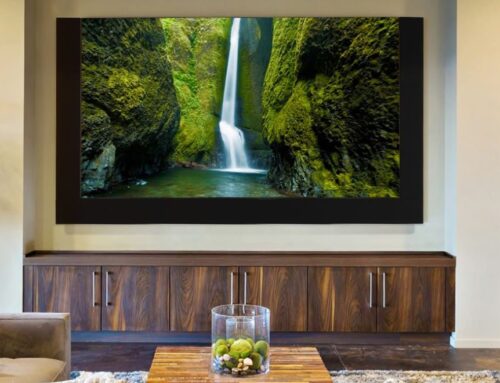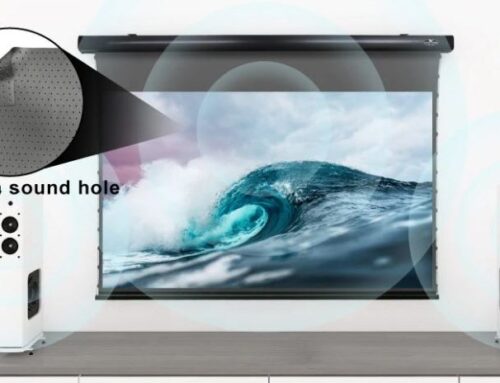OLED’s suffering Screen Burn?
OLED technology or (Organic light-emitting diode), is an electroluminescent layer of film, a organic compound that emits light from every single pixel. With OLED you get the deepest black levels beyond compare and the deepest black levels mean that when the diode emits colour it’s really eye popping and has a more defined gradient in colour for each individual colour that’s well framed with black levels giving an even spread of a vibrant image and also smoother motion which is great for action films and sport.
Is Life Good?
However, did you realise your ridiculously awesome-looking OLED screen is susceptible to screen burn – in that can ruin your TV-viewing experience. Should you really worry?
Despite all the advantages that OLED screens offer, screen burn is the technology’s Achilles’ heel. Burn-in can happen to any type of device that uses OLED screens – TVs or smartphones – and to any brand – from Google and Samsung to Apple.
Burn-in occurs whenever a persistent part of the image of a screen, such as a channel logo or a scoreboard, remains as a ghostly background no matter what else is being shown on the screen. All modern TVs suffer from screen burn-in but OLED more so, is it worth sacrificing OLED’s amazing image quality because of this?
OLED burn-in will likely not happen with normal use. In fact, most burn-in is image retention, which often disappears after a few minutes. In most cases, you’ll witness image retention long before it becomes permanent burn-in.
Precautions can be taken to avoid the hassle of dealing with burn-in. Although it could be difficult with TV-viewing habits, like trying not to leave a single, static image element like a channel logo on-screen for long period of time, changing the channel occasionally, and if you’re an avid gamer, don’t have the game on pause for hours on end.
Life is Good
Fear not OLED TV manufacturers have developed software built into the TV’s to eliminate burn-in coming in the form of “Screen Shift” on LGs and “Pixel Shift” on Sony’s the software moves the image slightly around the screen. There are also built-in screen savers that automatically pop up after extended periods of inactivity the refresh the panel.
OLED TVs can also perform timed “refreshers” on a certain schedule to avoid screen burn in. On Sony TVs, this feature is called “Panel Refresh,” and on LGs, it is known as “Pixel Refresher.” If you ever notice ghostly backgrounds images, this function can be run manually. For LG TVs, you can receive a notification asking for a refresh after 2,000 hours of viewing. On LGs there is a burn-in preventive feature called “Logo Luminance Adjustment,” which has been designed to automatically identify static on-screen logos. If detected, the TV will decrease the logo’s brightness by 20 percent after two minutes.
To Summarise
Sony, Panasonic and LG were the first TV manufacturers to adopt OLED and have invested millions of pounds into backing & developing the technology, ask any AV installer to recommend a the best panel technology and you will get the same answer OLED, OLED produces the best natural deep colour and inky blacks again & again. For customers looking to invest, this is the go to panel technology outselling QLED and other technologies so much so that now all other TV manufacturers are looking to adopt, back and invest in this stunning & amazing technology.
All TVs suffer Screen Burn but you just must put measures in place to stop this happening and protect your investment.
Free Disney Plus for a Year
If you are interested in the purchase of an OLED TV from us then we will beat any web pricing, you will get Disney Plus for a year and a 5-year warranty.
Please call us on 07738126366 or click here to email us.






